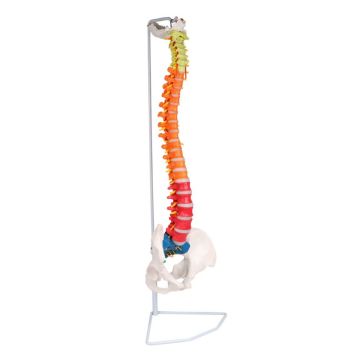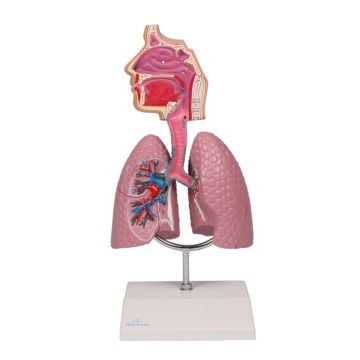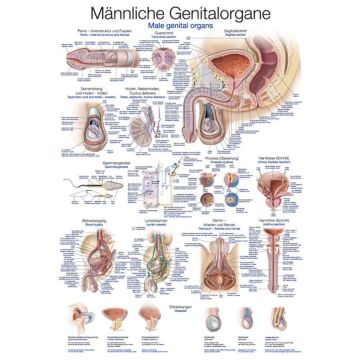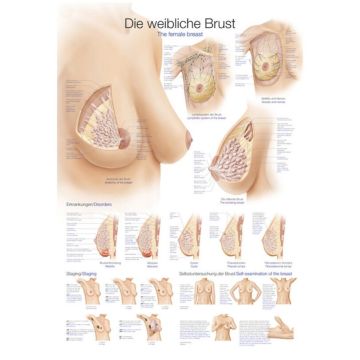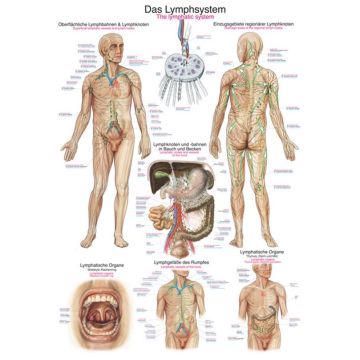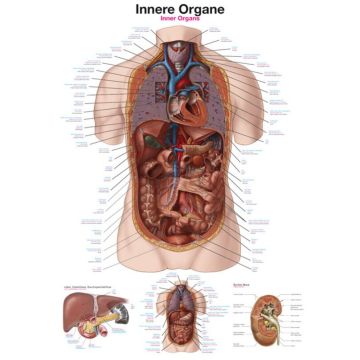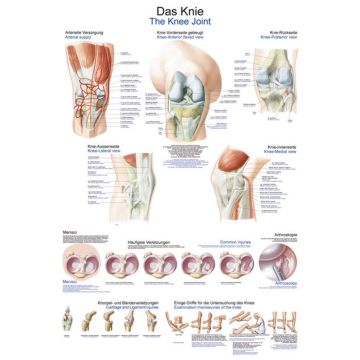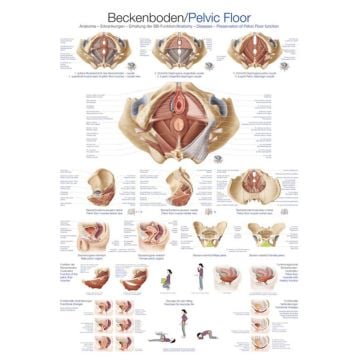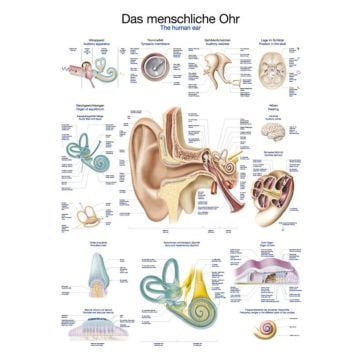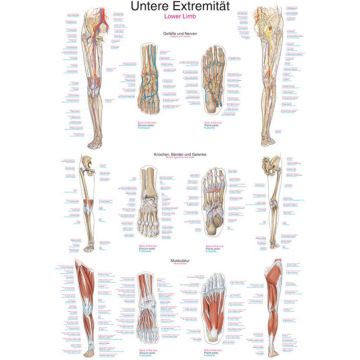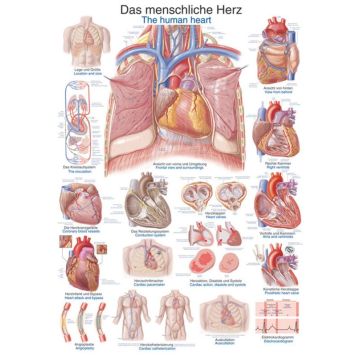
Anatomy & Teaching Material
With anatomy teaching aids & ndash; Learning, teaching, showing and explaining
Before practicing a therapeutic profession, there is a well-founded and very interesting training. An important cornerstone of this training and very important for the later exercise of the profession is the anatomy of the body.
What are the advantages of the different teaching aids?
Take the opportunity and inform your patients. Show complaints on the anatomical models and explain how the patient can counteract them with appropriate exercises and training.
With the help of teaching materials and learning aids, such as the blackboard, skeleton and other anatomical models, learning content can be conveyed easily and practically. Show and practice e.g. For example, the most important areas and functions of the body are shown on the human vertebra, the didactic skull model or on a knee joint. Explain the connections and the possible problems that can arise in the event of a malfunction. Use the life-size skeletons to help you and introduce the various functions of joints, muscles and cartilage. Get to know the vertebral column, in the complete flexible version (with or without tripod) or the individual segments of the vertebral column on a base.
Do I buy an anatomical model or a wall chart?
With this question one should first consider the purpose for which one would like to use the corresponding teaching material. Wall charts and posters are ideal for patient education in the practice or clinic. They pass on the most important information in picture and text form. If you would rather explain movement sequences or the structure of the vertebral column or use it as a training tool, a flexible model is recommended.
The purchase of a corresponding teaching aid should also be made dependent on what type of learner you are or what kind of learner you are dealing with. For visual learner types, anatomical diagrams with concise information on posters and blackboards are more suitable, i.e. for other learner types. As a kinesthetic or motor learner, it can help to learn and work with a physical model.
Books, blackboards and posters
Especially for pupils, students and lecturers in the therapy schools, it is worth taking a look at the specialist books and practice manuals. Whether as a reference work or source of information, use the selection of various specialist books. You can mark the important passages while studying and add notes yourself. Accompanying the specialist literature, it is advisable to illustrate the information with a wall chart and posters. Simply pinned on the wall, the nervous system, muscle system, reflex zones, the human eye, acupuncture, ligaments and joints can be easily explained.
